Planting method and nutritional value of raspberry
Raspberries are perennial shrubs. It belongs to clumps, and its branches grow obliquely or lie long for life, generally 3-4 meters long. Its fruit is a berry, and the sweetness and acidity of the fruit is more palatable and nutritious.
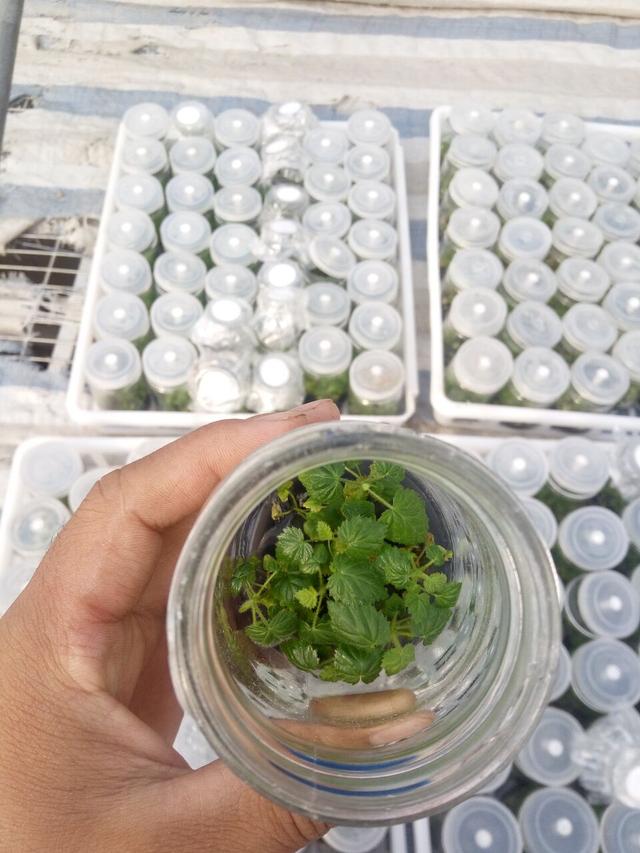
Tissue culture seedling raspberry
Raspberries are known as golden fruits, also known as raspberries. Beijingers are commonly known as Topu, which is similar to strawberries, but the fruit is sour, sweet and delicious and has a peculiar flavor. The fruit of raspberry is actually aggregate berry, which is formed by a tight arrangement of multi-layer ripe drupes. The fruit is tender and juicy, pleasant in color and rich in nutrition. it is the third generation of small berries popular in the world and is known as the golden fruit in the international market. According to traditional Chinese medicine, raspberry is warm, sour and non-toxic, entering the two meridians of the liver and kidney, and has the functions of relieving thirst, expectorant, detoxification and beauty, which is helpful to the treatment of gout and other diseases. The content of vitamin E in raspberries also ranks first among all kinds of fruits. Natural superoxide dismutase and vitamin E are excellent scavengers of the human body, which can eliminate a large number of harmful metabolites produced by the human body, improve human immunity, fundamentally improve the internal environment of the human body, and achieve the purpose of beauty, beauty and longevity. Long-term consumption of raspberries can effectively protect the heart and prevent hypertension, vascular wall atherosclerosis, cerebrovascular sclerosis and other cardiovascular and cerebrovascular diseases. In addition, raspberry ketones extracted from raspberries can effectively burn fat, which is three times as effective as capsaicin. Weight loss products with raspberry ketone as the main component have become popular products in foreign markets. Chinese and American scientists believe that daily intake of an appropriate amount of fresh raspberries or corresponding fruit products plays a good role in controlling weight and keeping body shape.
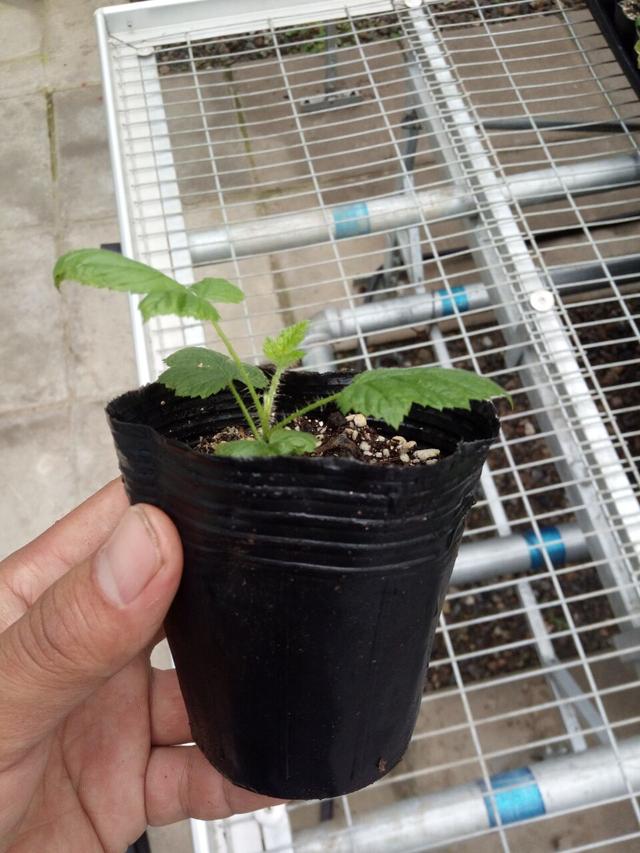
Red raspberry seedlings
There are three kinds of raspberries common on the market.
Red raspberry fruit is round, large, crimson, bright color, sweet and sour palatable.
The black raspberry fruit is purple-black, shiny, fragrant and sweet.
Yellow raspberry is a yellow variant of red raspberry with round fruit and strong aroma.
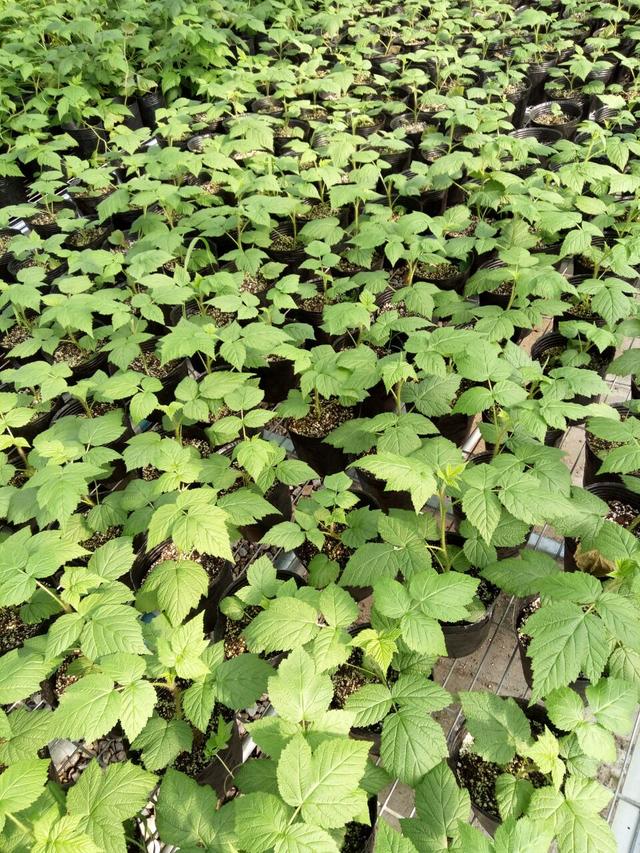
Red raspberry seedlings
The reproduction methods of raspberry can be divided into sexual reproduction and asexual reproduction.
Limited propagation is the so-called seed propagation, but because the seedling has a large variation rate, it can not maintain the characteristics of the original variety, and the result is relatively late, so it is mainly used to cultivate new varieties. It can not be used to cultivate seedlings used in production.
Asexual reproduction includes cutting, tillering and tissue culture. Tissue culture is the safest and most effective method of propagation at present.
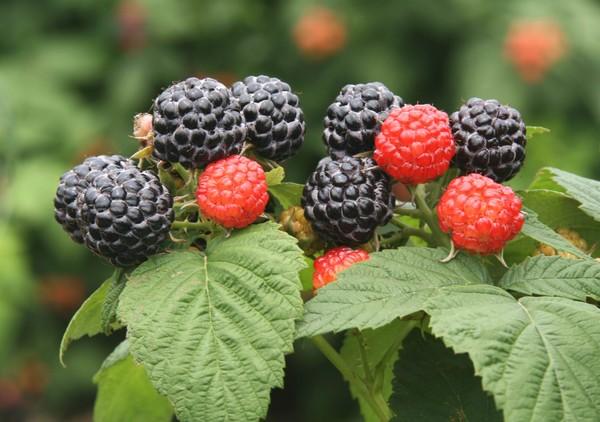
Raspberry
Domestication of tissue culture seedlings
Domestication is the process of pulling tissue culture seedlings outdoors for natural light treatment and then transplanting them to the seedling bed to grow into commercial seedlings. In addition, the seedling refining time had a certain effect on the survival rate of test-tube plantlets domesticated and transplanted. the 7-day survival rate was as high as 92.06%, and the rooting rate of tissue culture seedlings soaked in 2000 times algin solution for 5 minutes was up to 93.22%. The compound substrate with river sand: peat ratio of 1:2 is the most effective for raspberry rooting, and the rooting rate is as high as 92.7%.
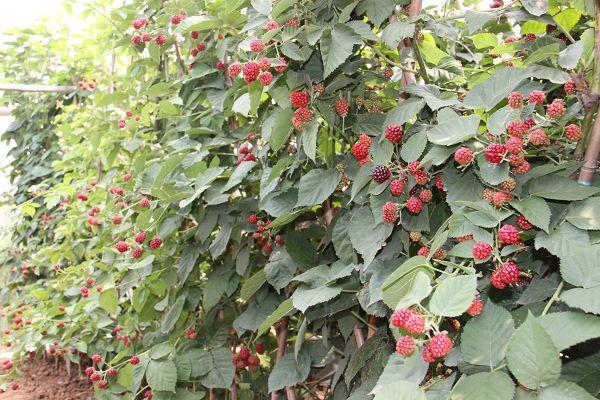
Raspberry
Seedling bed treatment
To build a nursery bed, select the high dry terrain, good drainage and sufficient light to build the bed, and install pipes and sprinklers. The bottom of the seedbed is covered with 15 cm thick coarse cinder or vermiculite, the middle layer is covered with 10 cm coarse sand, and the upper layer is covered with 15 cm fine river sand. 2% potassium permanganate solution was sprayed for disinfection.

Raspberry
Planting
Plant 600 plants per mu with a row spacing of 1.8-2 meters and a plant spacing of 45-60.
Raspberry
Cultivation and management
Raspberry is a positive plant that likes light and can be planted with low pH of ph5-7. The soil is preferably sandy soil with good permeability and high content of organic matter. The planting land should be on the sloping land and flat land with open, flat and good drainage, which is convenient for fine management.
Creeping and semi-erect raspberry varieties should be set up in the second year of planting. Pruning is needed to control plant type at the end of each year or in spring.
- Prev
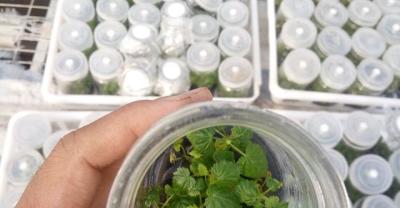
Cultivation and cultivation of Violet
Violet, also known as grass violets, sweet-scented osmanthus, cruciferous violets, is a biennial or perennial herbaceous flower. Origin of the Mediterranean coast of Europe, countries.
- Next
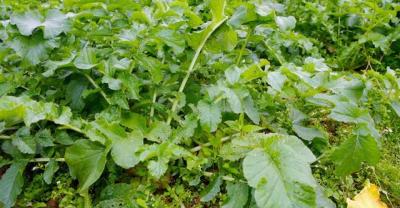
Planting and maintenance of lilac
Morphological features: up to 4m high 5m. Bark dark gray or grayish brown, panicles, flowers dark purple, fragrant. It blossoms from April to May. In a broad sense, lilac refers to the genus clove.
Related
- Fuxing push coffee new agricultural production and marketing class: lack of small-scale processing plants
- Jujube rice field leisure farm deep ploughing Yilan for five years to create a space for organic food and play
- Nongyu Farm-A trial of organic papaya for brave women with advanced technology
- Four points for attention in the prevention and control of diseases and insect pests of edible fungi
- How to add nutrient solution to Edible Fungi
- Is there any good way to control edible fungus mites?
- Open Inoculation Technology of Edible Fungi
- Is there any clever way to use fertilizer for edible fungus in winter?
- What agents are used to kill the pathogens of edible fungi in the mushroom shed?
- Rapid drying of Edible Fungi

